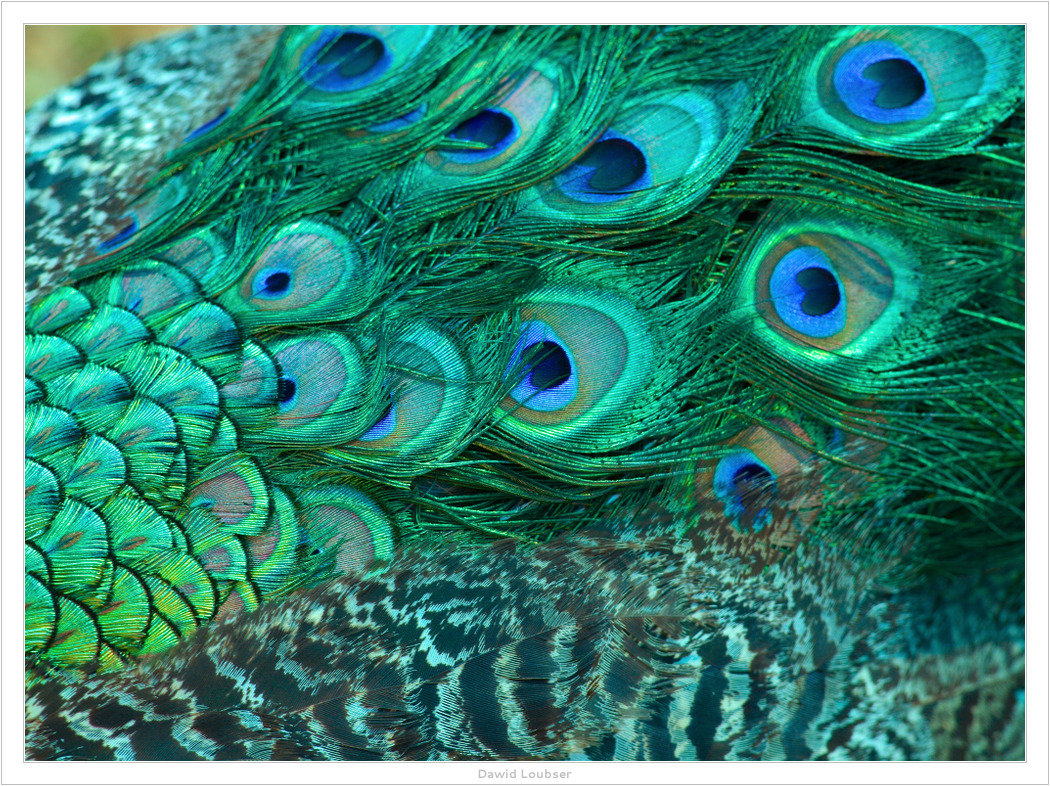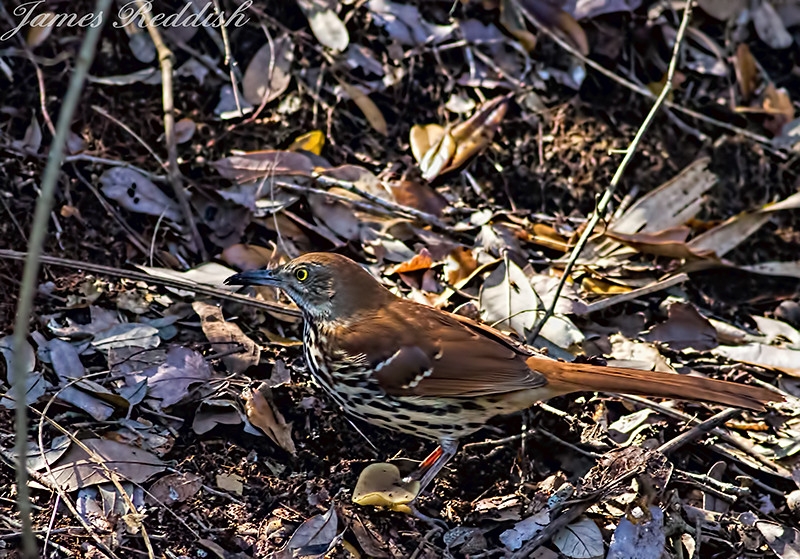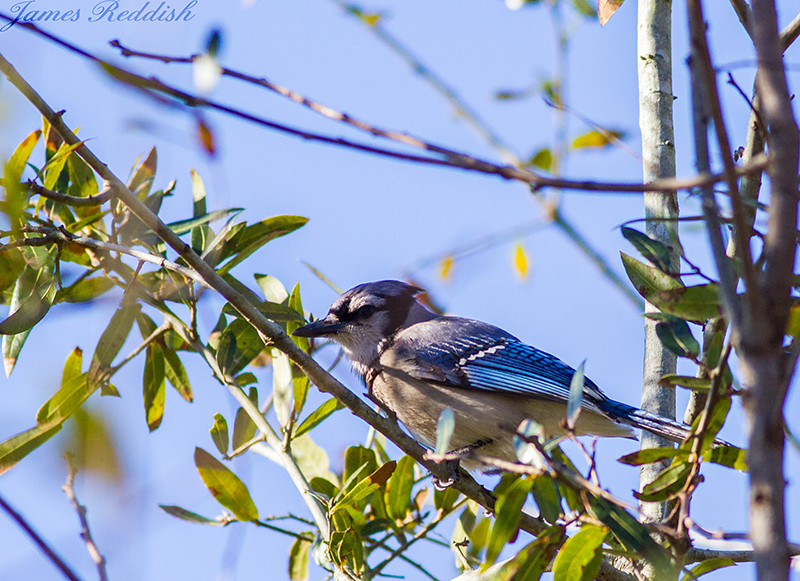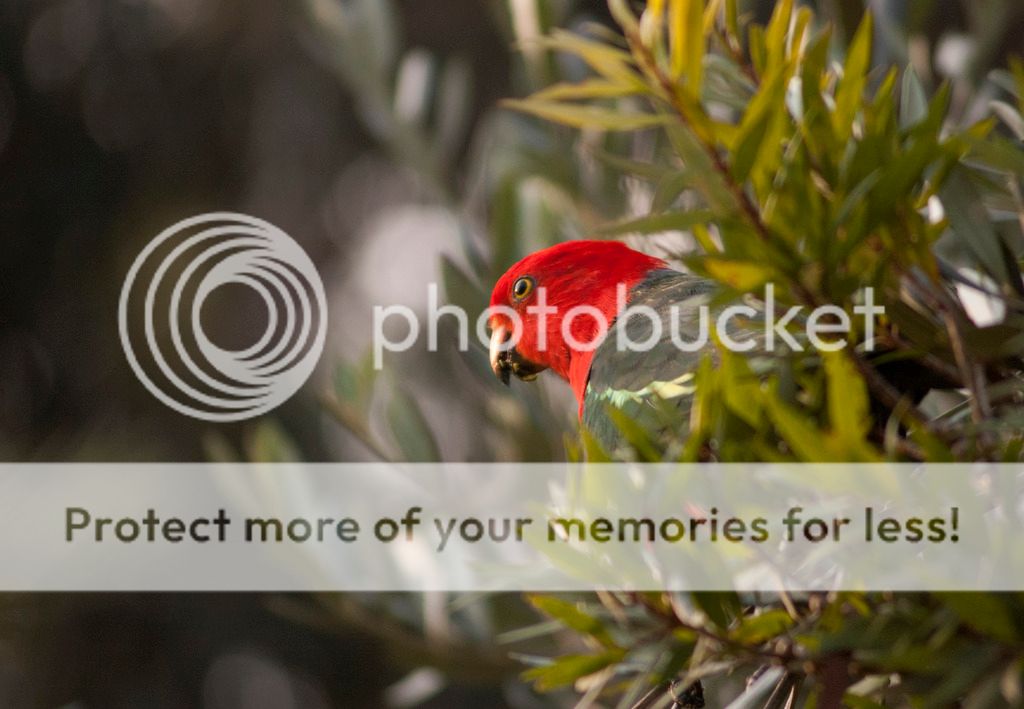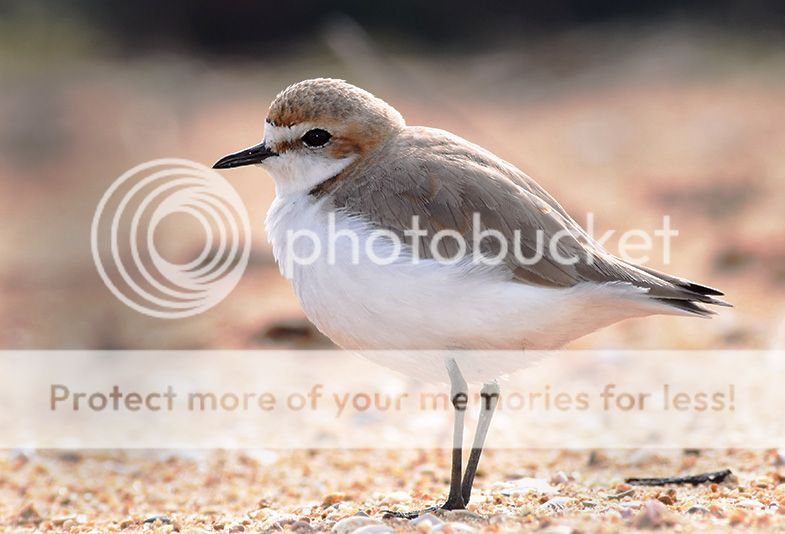My story (and I'm sticking to it):
I've always been fond of animals; in grade school I spent hours reading and re-reading Fredrick Kent Truslow's stories along with his wild bird photos in National Geographic and dreaming of having the same kind of adventures. My well-meaning parents noticed my interest and bought numerous bird books but unfortunately all but the Peterson's western field guide focussed on what was then the major book market in North America, the east coast. I was in California and I wanted to have pictures like the ones in the books but of the western birds I saw every day, so I decided I had to make the pictures myself. The Acorn Woodpecker especially motivated me:
I had some success with my photograph of an American Pika
which first appeared in a small west coast magazine published by the California Academy of Sciences in Golden Gate Park. The photo editor of
Audubon magazine saw it there and wrote to me asking for it. Check the inside front cover of the September 1974 issue

Raising a family and the need to earn a real income distracted me for a number of years but once the kids were more or less independent I could return to my real passion, wildlife photography. At this time there was a new-fangled thing called the Internet and I quickly found several photography forums - but what's this, instead of discussing photography these people, no matter where I looked, were chasing technology, thinking the Next New Technology was going to make a difference in their pictures.
Well, yes it did make a difference in their pictures, but it made a difference in everyone else's pictures too so the net result was that by chasing technology along with the rest of the crowd nobody had any competitive advantage - and competitive it was! So I figured that if I want my photos to stand out from the crowd and the crowd goes left, I go right (no political implications intended).
I wanted to figure out how little technology I need to get the results I want so using myself as a test dummy I experimented with lowering my technology level until my pictures suffered.
Here's what I found:
I don't need or want auto exposure. I can do as well or better with a TTL spot meter setting the aperture and shutter speed myself based on my understanding of what the meter is telling me.
I do want the TTL viewing of an SLR, no rangefinder for me.
I do want the auto diaphragm.
I don't care for fast frame rates, I'd rather rely on knowing the animal's behavior and anticipating their next move.
I do not want to be restricted to focus 'points', whether the camera focusses automatically or I focus manually. Focus-lock-recompose fails too often for my taste.
And when the technology matured adequately the advantages of digital over film tipped me over from silver halide to silicon.
I also wanted to make no apologies for my pictures from a technical point of view and after buying, trying and re-selling a couple dozen lenses of numerous brands including Canon L and Nikon ED I found
My Lens, the Leica 280mm f/4 APO-Telyt-R. It's a lot shorter than most forum denizens recommend for bird photography but over the years I've worked out several strategies for getting close enough without disturbing the critters, and 1.4x and 2x extenders help in a pinch.
Where does the Leica fit into this? The R8's plain matte viewscreen is optimized for manual focus anywhere in the picture area while the DMR provides the advantages of digital; the lens can be adapted to many other brands of cameras but only the Leica bodies utilize the auto-diaphragm feature of the lens and extenders. And I LOVE the color quality I can get from the DMR.
So there you have it. I'd rather not dwell much on the equipment preferring that the pictures speak for me.







